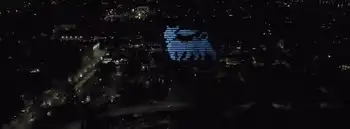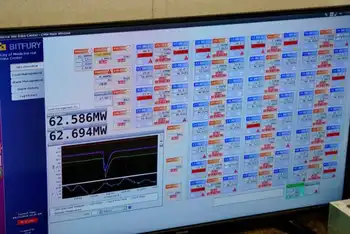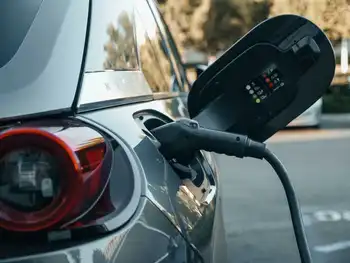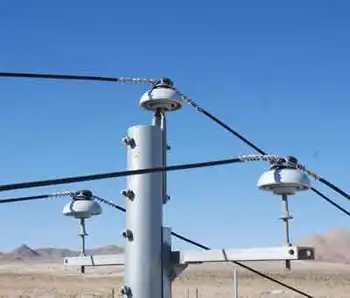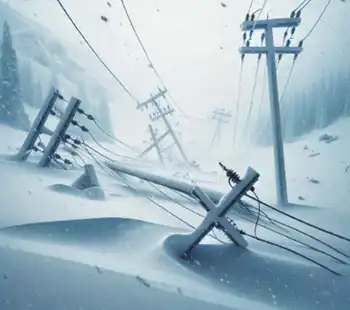Australia begins trials of underground carbon storage
By Reuters
Electrical Testing & Commissioning of Power Systems
Our customized live online or in‑person group training can be delivered to your staff at your location.

- Live Online
- 12 hours Instructor-led
- Group Training Available
The CO2 is stripped from a natural gas well but the idea is to see if the scheme can be expanded to capture CO2 from coal-fired power stations, whose emissions are blamed in part for global warming.
Government-backed researchers pumped compressed CO2 into a depleted natural gas reservoir tomb two kilometers (6,500 feet) below dairy country in the Otway basin, west of Melbourne.
"What we'll have is probably the most comprehensive monitoring program for stored carbon dioxide anywhere in the world," said Peter Cook, chief executive of the government and industry-backed CO2 Cooperative Research Centre.
The project is one of a handful in the world, but is far smaller than a similar project in Algeria's Salah gas field which is capable of storing around 1 million tons of CO2 each year in 1,800 meter-deep wells.
Cook said the Australian test plant for so-called geosequestration would hopefully lead to a larger commercial plant shipping gas from coal-fired electricity plants to other underground storage basins, possibly offshore.
It could also eventually help strip out atmospheric CO2 produced by burning fossil fuels such as oil and coal, blamed for climate warming, he said, and was being assessed by major greenhouse emitting countries, including the United States and Japan.
"The project has a very important role in demonstrating the technical and environmental feasibility of geosequestration to Australia and the world and preparing the way for its widespread application," Cook said in a statement. Australian Greens Senator Christine Milne said the US$36 million project had come no closer to the holy grail of capturing and removing CO2 emissions from coal-fired power stations. China, India, Australia, South Africa and many other nations rely heavily on coal to power their economies.
"Years after being first proposed as Australia's carbon solution, there has still been no pilot plant demonstration of capture technology," Milne said.
Australia, which signed the Kyoto Protocol last year, is the world's largest coal exporter and top emitter per-capita of greenhouse gases.
Other green groups said much of the technology behind geosequestration and risks were yet to be tested, including the possible danger of leaking gas, which can cause asphyxia.
Cook said he was confident the plant was safe as the carbon was being pumped into a sandstone layer holding CO2 naturally.
But Milne said governments globally would be better placing their efforts into proven greenhouse-friendly technologies, such as solar and wind energy.
"Surely we should leapfrog straight into the renewable energy technologies which don't create pollution in the first place," she said.





